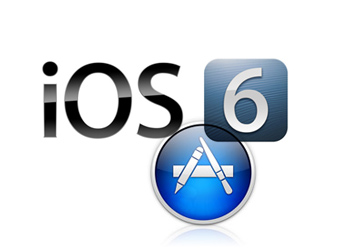
http://www.macworld.com.au/news/free-apps-can-be-downloaded-without-entering-a-password-in-ios-6-65169/
With the release of iOS 6 Apple no longer required the use of a password for the purchase of free apps from the App Store and more importantly for your institution, for the updating of apps.
Why is this so important?
In an earlier post I described three model of iPad deployment/ownership: individual, blended and an institutional model. These three models each provided their own benefits and drawbacks, but one of the biggest issues with each of these models was dealing with the AppleID used for each.
In our models of deployment for any 1:1 device individual ownership of the device is a hallmark of our program, however this becomes more difficult in an iOS deployment.
The individual model relies on a person’s own AppleID (issues with COPPA would be an issue for younger students), the blended and institutional models requires access to a school owned AppleID which would present a problem with updating or adding apps.
This is one of the biggest benefits that came with iOS 6.
Not only do you no longer need a password to install free App Store apps you can update existing apps, even those installed with a different AppleID, without a password.
Previously, in the blended and institutional models updating the installed apps would have required the user to know the password to the institutional account or a visit to the tech center and/or returning the device to a technician for them to enter the password and update the device. Now this can be handled by the end-user on their own.
Why this is important and what this means for institutions is that they can now keep their apps if you want to also give your users the ability to install their own apps… as we do in our device ownership model.
An institution can now pre-configure and install iOS devices with apps under and institutional AppleID and distribute them to faculty and students and allow them to change the device’s AppleID to their own. They can then install their own apps and link it to other AppleID based services. When they leave the institution and return the device they are not taking the institutions purchased apps with them.
Apps are no longer a disposable item in your budget and you are given more freedom in your distribution options.



Pingback: OTR Links 11/19/2012 « doug – off the record